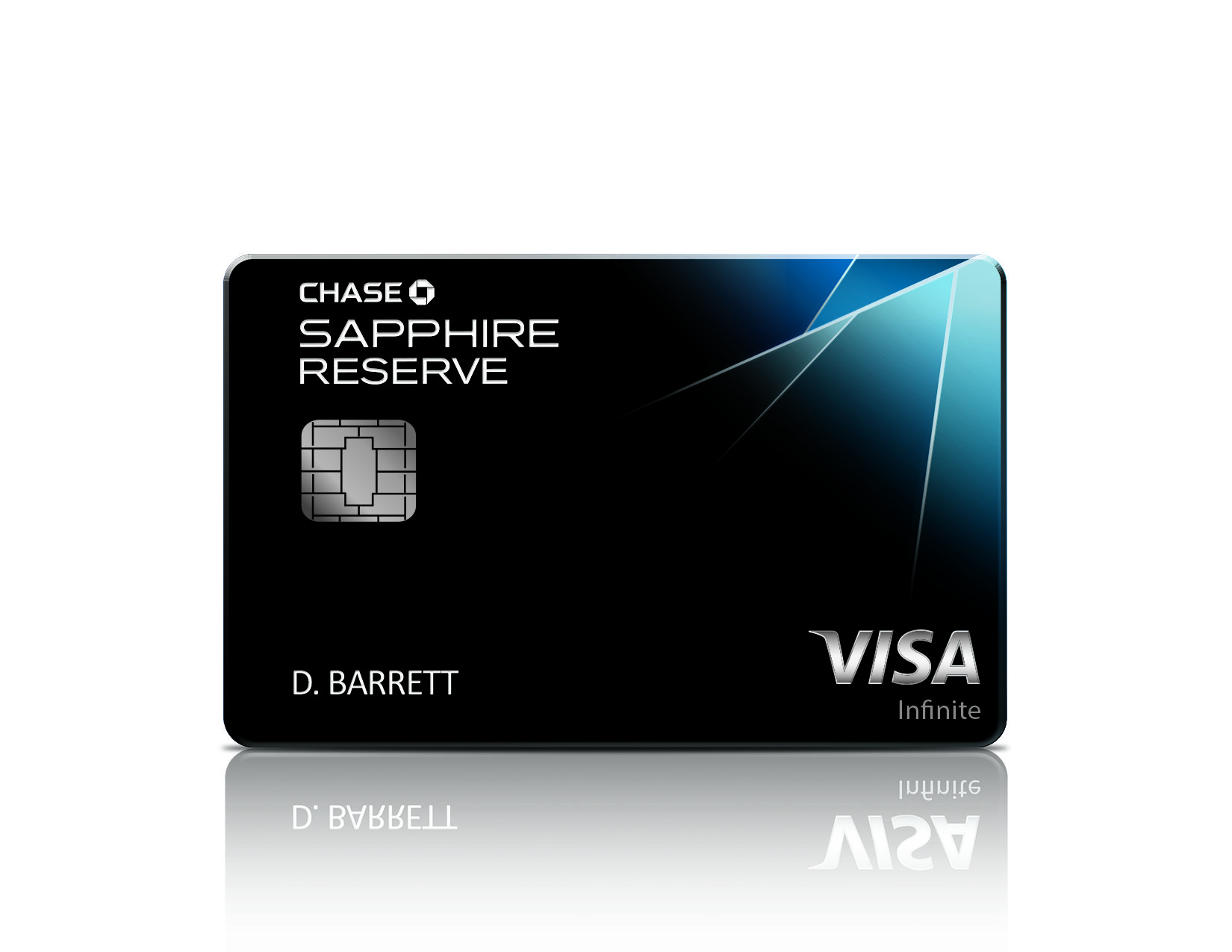The Capital One Venture has been a stalwart in the travel card market for years. And they have made a splash in entering the transferrable points niche by partnering with 14 airlines. The Venture has had a $95 annual fee (waived the first year) since 2018, which is similar to other mid-tier credit cards.
However, Capital One has a long way to go if they want to compete with Chase, American Express, and Citi. This is particularly true in the way of redemption options and the value travelers can get from Capital One Miles.
Earning
Capital One’s points are simply called miles. But they are not the same as traditional airline miles. Capital One Miles are the bank’s rewards currency and they are a type of transferrable points. The Venture Card earns 2x miles on all purchases, which is a high and flat rate. This makes the Venture Card excellent for those with varied expenses and those who value simplicity. In other words, the Capital One Venture can be a great option for someone who prefers to have only one credit card.
Plus, the Venture Card also has a sign-up bonus worth 50,000 miles. This bonus can be earned after spending $3,000 within the first three months.
Burning
The Capital One Venture has three redemption options: transfer partners, Pay Pal redemptions, and statement credits. Transferring will give you the most value, but you have to find the right flight and partner.
Transfer Partners
Transfer partners have become a major draw for this card over the last few years. They are a nice substitute for cards like the Chase Sapphire Preferred for some travelers. But many of Capital One’s partners are international airlines making the card attractive for international travelers.
Capital One miles have a 4:3 transfer ratio with partner miles. In other words, 4 Capital One miles will transfer into 3 partner miles, a rate of 1.5 cents per point (CPP). This ratio is far from impressive because it lowers the Venture Card’s effective earning rate when using transfer partners. The exceptions are Accor, Emirates, and Singapore, which have an even worse 2:1 ratio.
Capital One is partners with the following airlines:
- Accor Live Limitless (2 Miles = 1 Point)
- Aeromexico
- Air Canada
- Air Italia Millemiglia
- Asia Miles / Cathay Pacific
- Avianca LifeMiles
- Emirates (2 Miles = 1 Emirates Mile)
- Etihad Guest
- Eva Air
- Finnair Plus
- Hainan Fortune Wings Club
- JetBlue
- KLM Flying Blue / Air France
- Qantas
- Qatar
- Singapore Airlines (2 Miles = 1 Kris Flyer Miles)
- Wyndham Rewards
Pay Pal
Capital One partnered with Pay Pal in the Fall of 2020 (H/T to Doctor of Credit). Unfortunately, redeeming with Pay Pal is a terrible idea. This is because Capital One Miles are worth 0.8 CPP (125 Miles for $1). However, Capital One including this new redemption option is a step in the right direction.
Statement Credit
This alternative option lets you “erase” travel purchases at the rate of 1 CPP. Earning points as a statement credit is also Capital One’s traditional redemption option. At one time, it was the only way to redeem miles. This option is only recommended for those who want simplicity and those who do not want to deal with the bank’s transfer partners.
Benefits
The Capital One Venture comes with a few nice benefits that could justify the annual fee and make life easier away from home.
Global Entry / Pre-TSA Fee Credits
You will receive a credit once every 4-5 years to waive the fee for either program. Pre-TSA is the better option because it comes with Global Entry membership automatically. The credit is worth up to $100, depending on which program you choose.
No Foreign Exchange Fees
This increasingly common benefit saves you 3% on all purchases made outside of the United States.
Extended Warranty
This perk doubles the manufacturer’s warranty up to one extra year. The extension only applies to warranties of three years or less, with a maximum of $10,000 per claim and $50,000 per cardholder.
Purchase Security
This perk helps you repair, replace, or reimburse you for purchases in the event of theft or damage. Claims must be made within 90 days of the purchase date, up to $500 per claim and $50,000 per cardholder.
OpenTable Benefits
Capital One cardholders also have access to weekend reservations at top restaurants in 15 cities across the United States set aside for them. This service is provided by OpenTable, which is currently owned by Booking.com.
Rules & Regulations
Capital One is infamous for pulling all three credit bureaus when applying for any of their cards. This rule is held over from when Capital One was mainly a subprime lender in the 1990s. It is also the main reason why I personally don’t like them as an issuer. Pulling all three bureaus is not necessary for those with at least prime credit scores.
Similar Cards
I couldn’t help but compare the Capital One Venture to the other three mid-tier transferrable points cards. Like the Venture, two of the following cards have $95 annual fees (NOT waived the first year):
Citi Premier
The Citi Premier is the most comparable option to the Venture in terms of transfer partners. However, the Citi Premier does not have a fixed ratio for transferring points unlike the Venture. This means that Citi Thank You (TY) points can be more valuable than Capital One miles.
The Citi Premier’s value truly lies in its earning potential. It earns 3x TY points on five categories: Airfare, Hotels, Gas, Groceries, and Dining. This five-category earning structure is one of the best among mid-tier travel cards. Furthermore, it earns just one TY point per dollar for non-bonus spend.
Moreover, the Premier also has a sign-up bonus worth 60,000 TY points. This bonus can be earned after spending $4,000 within the first three months. This bonus is similar to that of the Venture. However, you need to spend $1,000 more for the same amount of (more valuable) points.
The Citi Premier is the better card for international travel because of the value of TY points. It is also better because of Citi’s comparatively robust list of transfer partners.
Chase Sapphire Preferred
Chase’s mid-tier travel card has a more versatile selection of transfer partners, despite there being fewer of them. The name of the game with Chase’s partners is quality over quantity. Such quality shows when comparing the Sapphire Preferred to the Venture. Chase’s partners cover all types of travel: international flights, domestic flights, and hotels.
The Sapphire Preferred earns 2x Ultimate Rewards (UR) points on General Travel and Dining. It also has a regular sign-up bonus worth 60,000 UR points. This bonus can be earned after spending $4,000 within the first three months.
Most travelers would be better off with the Sapphire Preferred than the Venture. This is especially true if you have multiple Chase UR point-earning cards.
American Express Green Card
The American Express Green Card earns Membership Rewards (MR) points. You will earn 3x MR points on Travel and Dining and one point per dollar on non-bonus spend. Fortunately, American Express’ definition of “travel” has expanded for the Green Card. You can now earn 3x points on hotels, airfare, ride sharing, taxis, subways, tolls, and more.
Furthermore, the Green Card has a $150 annual fee (NOT waived the first year). It also has a sign-up bonus worth 30,000 MR points, which can be earned after spending $2,000 within the first three months.
The Green Card also comes with a $100 credit for Lounge Buddy and a $100 credit for CLEAR every year. The former credit might be useful for those who do not have a premium credit card or membership to Priority Pass.
The Green Card has a higher annual fee and a different set of transfer partners. And the Capital One Venture has the higher sign-up bonus and access to Capital One’s transfer partners. But the Green Card is better because of its earning structure and perks. Plus, American Express does not devalue MR points if you decide to transfer them.
Final Draw
The Capital One Venture card is a decent option for international travelers. It has some nice perks and a decent flat rate earning structure. However, it does have major limitations as well.
Unfortunately, the biggest issue with this card is the 4:3 ratio when transferring points to most partners. It is a shame that Capital One devalues its points when redeeming this way. But at least you can redeem points for 1 CPP via statement credit.
If anyone asks me “what’s in your wallet?”, I will tell them “Not Capital One”.
Apply Today: Capital One Venture Card
PYCR Credit Card Rating
PYCR Credit Card Rating-
Sign-Up Bonus76/100
-
Earning60/100
-
Burning44/100
-
Perks80/100












